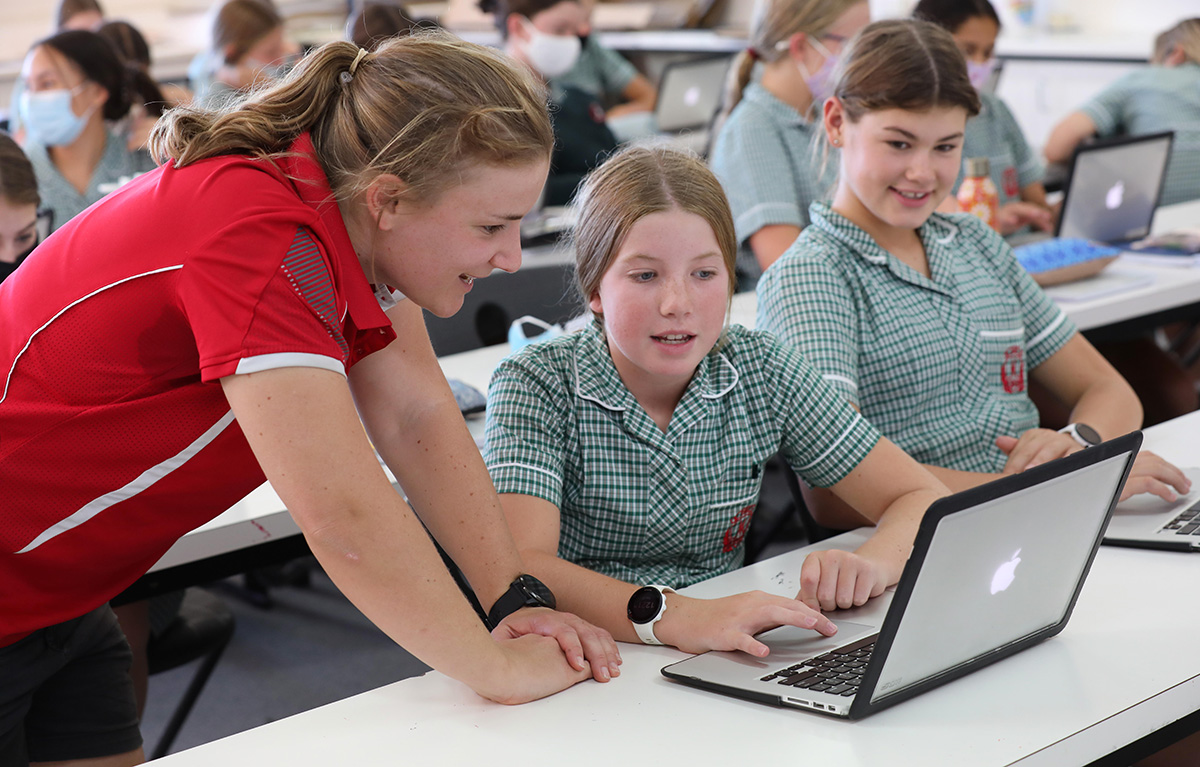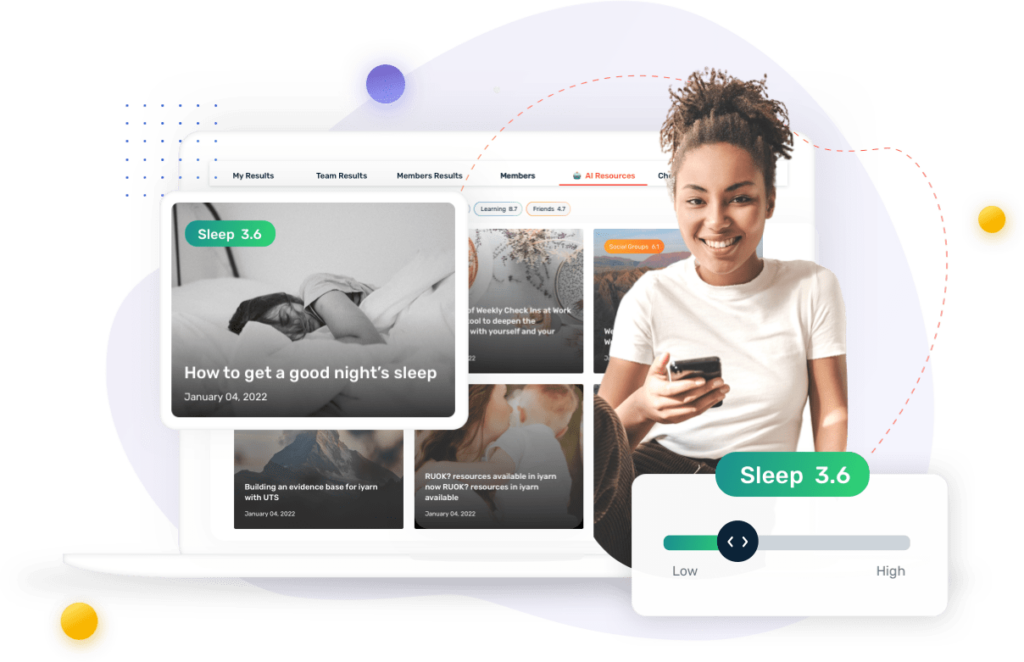Check Ins for Students: A Case Study of iyarn in School
iyarn is an easy to use and secure platform for check ins with students, staff, athletes and more.
Over the past year, we’ve received some great feedback from schools who’ve rolled out the platform in many different settings.
This article looks at the journey of one school’s implementation of iyarn. The intent of this case study isn’t to look into individual results, rather, we’re sharing this school’s approach with a focus on helping other schools to reflect on their own practice and how iyarn might fit to their own unique requirements.
Further information about the case study is available on request.
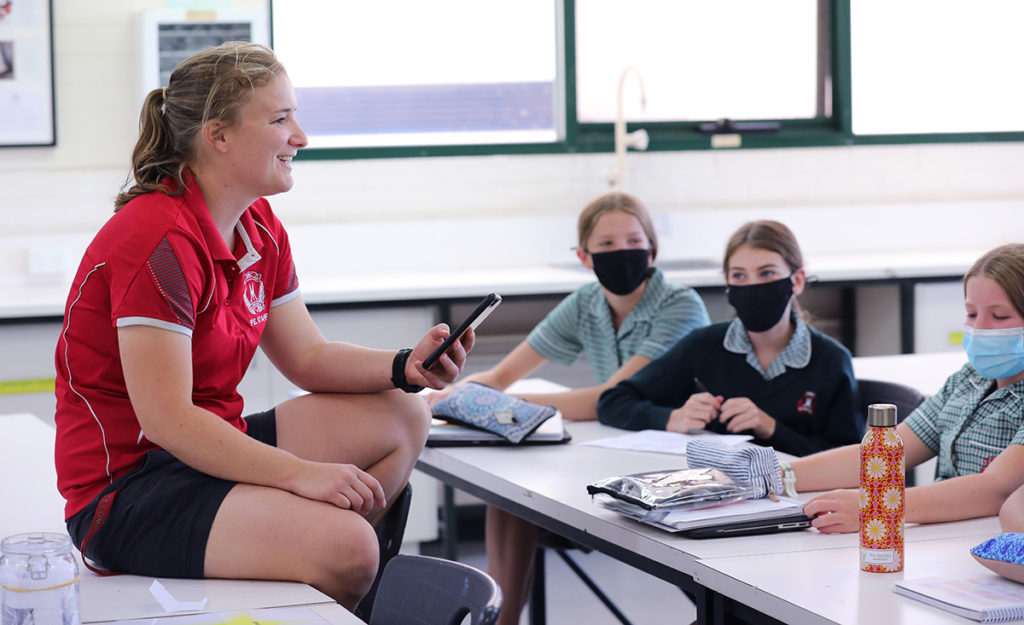
What is iyarn?
iyarn was created to help people connect on a person-to-person level by checking in. iyarn’s check ins are always fast and easily understood, clearly showing what is going well and perhaps not so well.
Each check in can be customised to capture the essential input.In the school environment, these check ins can be created to track learning, health, wellbeing and other important topics in a way that will keep students connected and engaged.
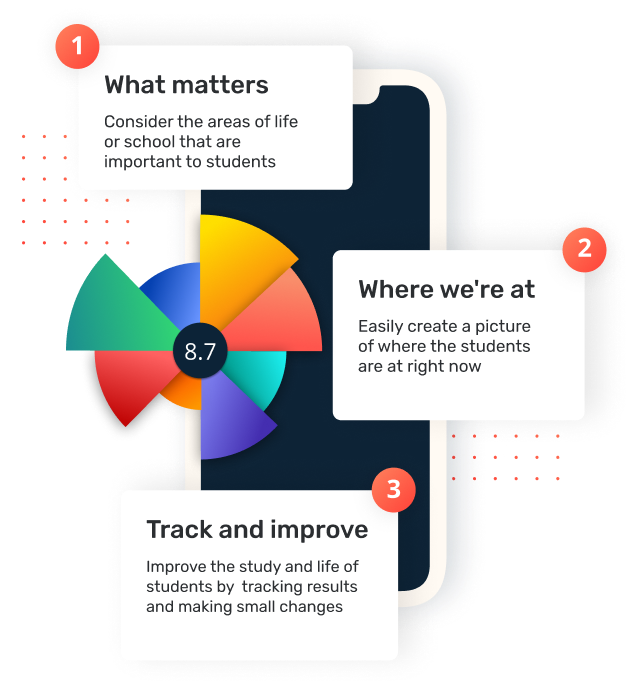
Using iyarn in a Home Room Setting
We caught up with Olivia, an experienced teacher who’s lead the implementation of iyarn with a class of approximately 20 students around 12-13 years of age. As the home room teacher, Olivia is responsible for a daily meet up and ensuring these students are generally on track.
Olivia outlined four key considerations in the implementation process:
1) Defining the School’s requirements
Olivia was actively involved in discussions with the deputy master, school psychologist and student wellbeing team about options for extending and improving the school’s approach to student wellbeing. This small group had extensive discussions about the unique needs of the school and the students.
2) Customising the Check In
Olivia took some time to create a check in that was specific to the needs of her class. Discussions were had with the deputy master, school psychologist and the students themselves, resulting in the selection of 10 areas that students would consider for each of the regular check ins.
This flexibility was key for Olivia, allowing for all stakeholders to be involved and ensuring that these requirements could be considered in the check in.
3) Building a Consistent Process
The class allocates a short period of time each Friday to do their check in on their laptops. This regular time ensures checking in has become a habit.
This time allocation was flexible: some weeks might be shifted due to other commitments and students would be required to complete the check in their own time, while other weeks would include a time for a short peer-to-peer discussion and reflection.
4) Reviewing Results
Olivia would review the feedback submitted by students, making regular use of iyarn’s dashboard and notifications to keep track of results. Results of interest could be easily appended to the school’s IT infrastructure, in this case, the learning and teaching management system SEQTA.
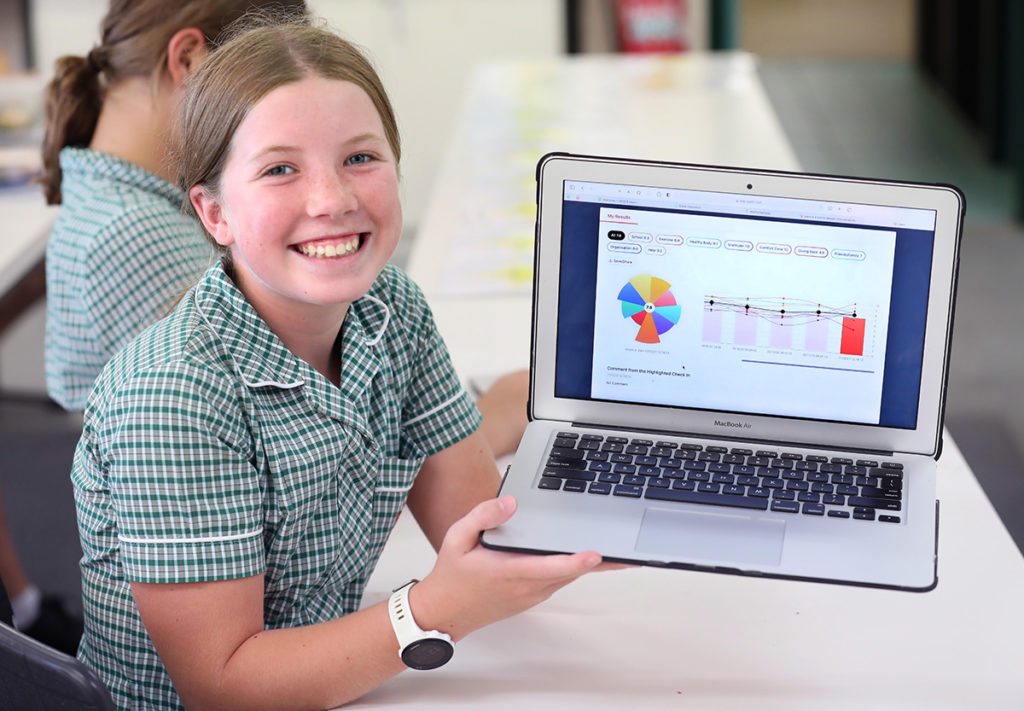
5) Unlocking the Dialogue with Students
iyarn has been designed to encourage connection between people. The check ins are presented as a ‘conversation canvas’, as a way of starting discussion between people on topics that truly matter.
For Olivia’s class, changes to group averages were a useful discussion starter. Students would also be encouraged to discuss the relevant parts of their check ins with their peers, on the topics that they felt comfortable to share. These topics might include their highs, their lows, or perhaps their focus areas for the future, or their strategies to get there.
Olivia would also follow up with individual students as needed. The open-ended comments at the end of each check in often revealed the reasons behind a students quantitative results and could be used in one-on-one discussions.
A Complement to the School’s Approach to Supporting Students
Students face an ever-widening set of challenges in their learning journeys and regular check ins were seen to be a useful initiative, for this group of students and their teacher.
The check ins encouraged reflection, learning and growth from students, and supported their teacher to develop a stronger connection and understanding of the students. The system for check ins was complementary to the school’s existing approach for student wellbeing.
Checking in using iyarn’s platform was also seen to develop the students ability to articulate themselves and help them identify strategies to advance their schooling, and life more generally.
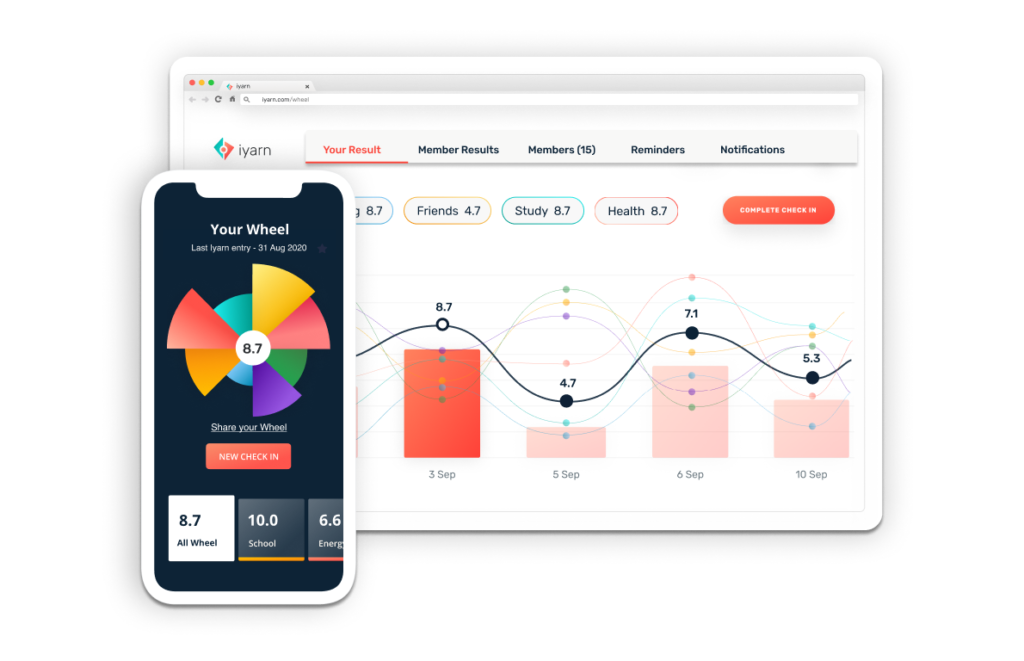
Implementing iyarn in Your School
We’ve taken on board feedback from each and every one of our early adopters. This feedback has been invaluable as we steadily improve our existing features and add new functionality to the platform.
iyarn has emerged as an incredibly easy to use and secure platform for student check ins. These check ins can play a highly valuable role in supporting the growth and wellbeing of students, particularly at a time when COVID is impacting schools across the world.
If you’d like to talk further or schedule a demo of the platform, contact us for more.
